I'd like to solder several stranded wires of a cable (maximum 18 VDC) to a PCB. I've got corresponding THT holes (⌀ 0.8 mm; it's the eight holes underneath the yellow wire,) but the wire is thicker (⌀ 1.1 mm.) What makes my issue more complicated is that the board is to be part of an automotive electronics solution which must withstand slight shocks. See the picture below:
What is a good method to solder these wires durably to the PCB?
UPDATE: Here is a close-up of the eight soldering holes (J9) in question. The PCB is very cramped as J9 is situated between the amplifier in front and the resistors and caps behind it:

